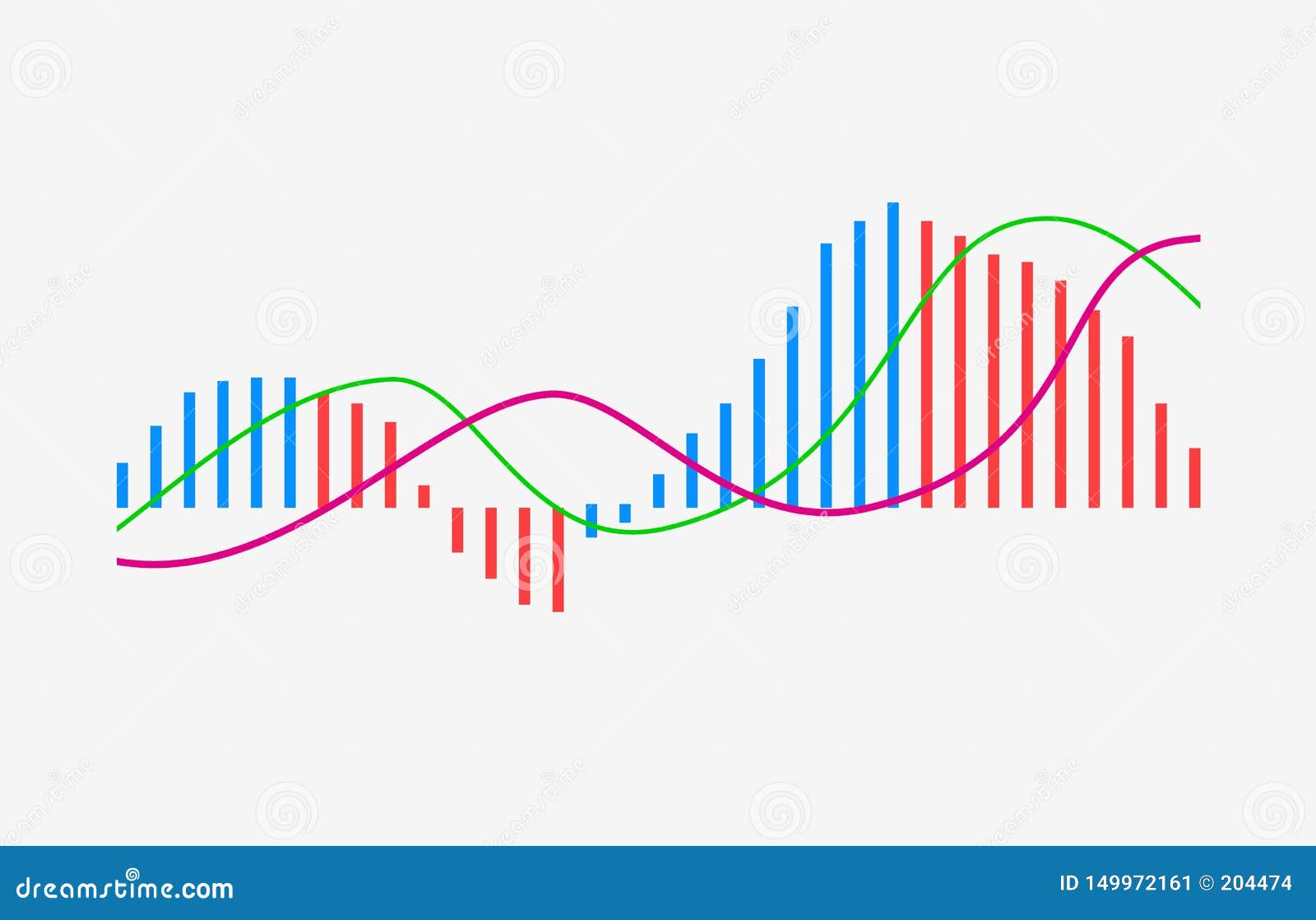The stock market has long been the basis for building prosperity. From multinational organizations to individual shareholders, millions of people count on it to grow their assets and achieve financial freedom. Although success in stock trading doesn’t find luck—it demands knowledge, preparation, and discipline.
This specific comprehensive guide explores the most effective stock market strategies for both beginners and advanced beginner traders. It stresses technical analysis, risk management, plus actionable techniques like as swing stock trading, day trading, in addition to trend-following. You'll figure out how to read charts, use technical indicators, analyze price movements, and even execute stock trading with confidence.
one. Comprehending the Basics regarding the Currency markets
Prior to diving into sophisticated trading strategies, it’s crucial to realize how the stock market works.
Just what inventory?
A stock signifies ownership in some sort of company. When an individual buy a share, you purchase a small piece of of which business.
What is usually the stock market?
The stock market is really a marketplace where stocks are bought and offered through exchanges want the NYSE plus NASDAQ.
Why perform stock prices change?
Stock prices transform based on provide and demand, inspired by news, profits reports, economic signals, and investor emotion.
Understanding these stock market basics is fundamental before using virtually any investment strategy.
two. The strength of Technical Research
Technical analysis consists of studying historical value data and volume trends to outlook future price actions. It’s one of the most widely used methods in stock trading.
Popular technical resources:
Moving Averages (MA) – Help determine the direction of the trend.
MACD – Signals momentum and trend reversals.
RSI (Relative Strength Index) – Indicates overbought or oversold conditions.
Bollinger Bands – Measure market movements.
Fibonacci Retracement – Helps identify prospective pullback levels.
Being familiar with these tools increases your technical trading strategy.
3. Recognizing Chart Habits
Chart patterns are visual diagrams of price movements that help forecast future trends.
Commonplace chart patterns:
Head and Shoulders – Indicates a style reversal.
Double Top/Bottom – Shows support or resistance.
Triangles – Often sign a continuation involving the current pattern.
Flags and Pennants – Mark initial consolidation before a new breakout.
These habits are essential in order to building a successful chart analysis method.
4. Multi-Timeframe Research
Multi-timeframe analysis requires using multiple graph and or chart intervals (e. grams., monthly, weekly, daily) to validate trends and refine records.
Monthly/Weekly charts – Show long-term market direction.
Daily chart – Highlight swing trade opportunities.
Intraday charts – Best for stock investing setups.
This layered method helps eliminate fake signals and boosts trade accuracy.
a few. Understanding Volume in Trading
Volume displays how many gives are traded during a given time in addition to helps confirm typically the strength of a pattern.
Volume indicators:
On-Balance Volume (OBV) – Measures buying/selling pressure.
Volume Moving Regular – Smooths surges to show true interest.
Accumulation/Distribution Collection – Detects institutional activity.
High quantity with price activity confirms a sturdy market trend.

a few. Swing Trading as opposed to. Daytrading
Both will be popular short-term buying and selling strategies with distinct styles:
Swing Buying and selling:
Holds trades with regard to 1–10 days
Employs chart patterns in addition to technical indicators
Ideal for people who have restricted screen period
Working day Trading:
Closes opportunities within the same day
Focuses in intraday volatility
Needs speed, focus, plus real-time examination
Each rely on understanding support and level of resistance and using tools like RSI and MACD.
7. Breakout Trading and Impetus Method
These approaches shoot for quick revenue through rapid market movements.
Breakout Investing:
Enters on cost breakout from a new consolidation zone
Verifies using strong volume level
Uses stop-loss merely below breakout stage
Momentum Trading:
Concentrates on stocks with sturdy price action
Uses RSI, stochastic oscillators, in addition to volume scanners
Suitable for traders chasing pre-market movers

8. Understanding Risk Management
Zero strategy succeeds with no solid risk manage.
Risk rules:
Threat only 1–2% per buy and sell
Maintain a minimum 1: a couple of risk-to-reward proportion
Work with stop-loss orders constantly
Avoid revenge trading
Protecting capital will be more important compared to chasing big benefits.
9. The Role of Trading Mindset
Your mindset are essential in long-term stock trading success.
Discipline – Stick to your current trading psychology strategy
Endurance – Await quality setups
Confidence – Trust your technical analysis
Resilience – Understand from losses without overreacting
Keeping a new trading journal helps improve your mental control and consistency.
10. Combining Technological and Fundamental Evaluation
Combining both evaluation methods enhances your current overall trading benefits.
Use fundamentals (e. g., earnings, income, debt) to get solid stocks
Use technological indicators to time your entries and exits
This cross approach is perfect for long term investors and place traders.
11. Top Technical Indicators with regard to Stock Traders
Indicator Purpose
MACD Trend and traction analysis
RSI Identifies overbought/oversold
Bollinger Bands Measures unpredictability
Volume Profile Shows superior activity price degrees
Fibonacci Retracement Predicts pullback degrees
Use these kinds of in combination to improve technical technique performance.
12. Setting up Your Own Stock trading Method
Your stock trading system should align together with your schedule, funds, and risk patience.
Trading strategy template:
Market filter: Simply trade stocks along with high volume and even liquidity
Setup requirements: Define your excellent trade pattern or indicator indicators
Entry trigger: What concurs with your sell or buy action
Stop-loss rule: Defends against large loss
Exit plan: Set a profit concentrate on or trailing end
Always test your current system using a demo account first.
tough luck. Using Stock Screeners to Find Trades
Stock screeners conserve time by selection thousands of tickers.
Top free screeners:
Finviz – Best for technical designs
TradingView – Current scans and notifies
Yahoo Finance – Great for blocking by fundamentals
Example of this filters:
Volume > 1 thousand
Price > $5
RSI < 30 (oversold setup)
14. The way to Track Your Investments and Performance
Hold a trade journal with:
Entry and even exit points
Technique used
Profit or perhaps loss
Screenshots regarding setup charts
Take a look at trades weekly to uncover winning patterns in addition to improve your outcomes.
15. Final Thoughts: From Theory to Execution
Success in the stock market is simply not about predicting—it’s about preparing. By implementing proven stock trading methods, staying disciplined, and adapting to industry conditions, you give yourself the best possiblity to build sustainable wealth.
Key reminders:
Constantly trade with a prepare
Let data direct you, not emotion
Training and improve regularly
Prioritize risk management
